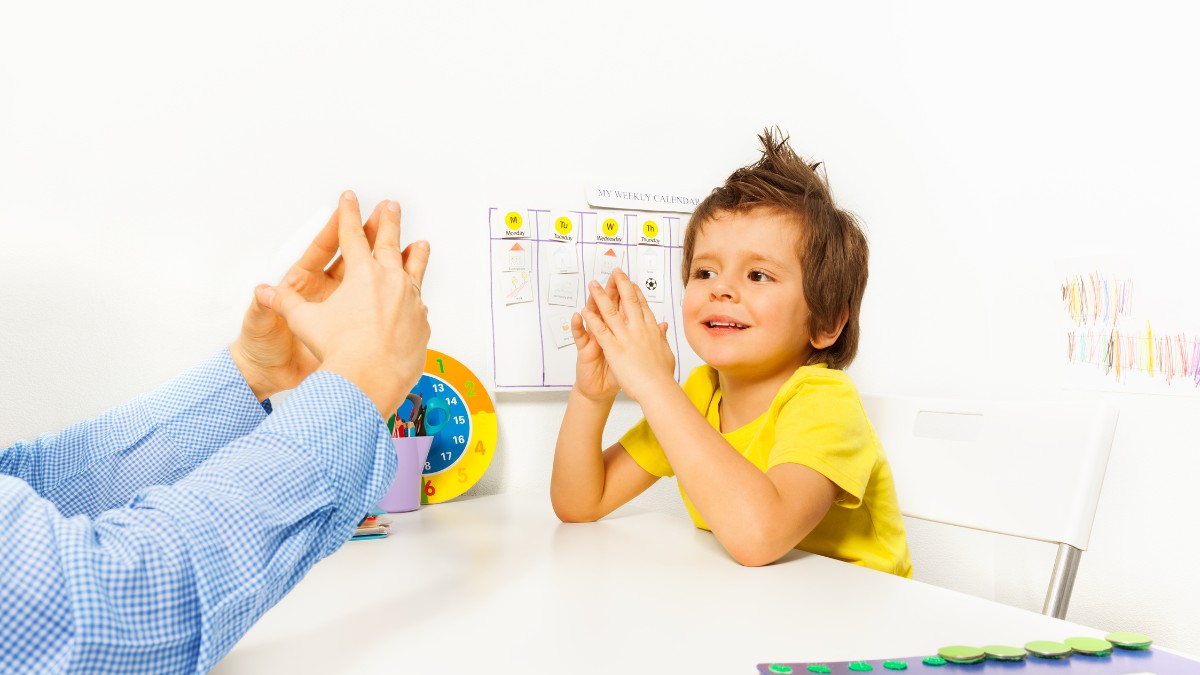If you’ve ever felt like you’re failing as a mom while watching your toddler have their third meltdown before 9 AM, you’re not alone.
Toddler parenting feels overwhelming. You question every decision, compare yourself to other moms, and wonder if you’re damaging your child forever. The tantrums, defiance, and chaos make you doubt everything.
You want to handle challenges with confidence instead of reactive frustration. You want to learn how to be a better mom to a toddler without losing yourself in the process. You’ll learn to manage difficult behaviors, support healthy development, and build the loving relationship you both deserve.
How To Be A Better Mom To A Toddler Without Yelling With These 12 Parenting Tips

Why Your Toddler Can’t “Just Behave” (It’s Not What You Think)
Your toddler’s brain is still under construction. The prefrontal cortex – the part that controls impulses and emotions – won’t finish developing until age 25. Right now, it’s barely getting started.
When your 2-year-old throws toys after you say “no,” they’re not being defiant. Their brain literally can’t hit the brakes yet. They feel big emotions but can’t control them. Harvard research shows 90% of brain development happens by age 5. Toddlers experience intense emotions 6-8 times daily. That grocery store meltdown? It’s normal brain development, not bad parenting.
12 Ways To Be A Better Mom To A Toddler
1. Listen Actively to Your Children

Get down to their eye level. This simple move changes everything – you become a partner, not a giant giving orders. Use 2-3 words: “gentle hands” works better than “stop hitting.” Please keep it simple because their brains can only handle short instructions.
2. Trust Your Instincts

Your maternal intuition is powerful and often accurate. When something feels off about your child’s behavior, health, or development, investigate further. Don’t dismiss gut feelings in favor of external opinions or societal pressure.
3. Create Predictable Routines

Children thrive with structure and consistency. Establish regular meal times, bedtime rituals, and daily activities. Routines provide security and help children understand expectations, reducing anxiety and behavioral issues.
4. Set Clear, Age-Appropriate Boundaries

Establish firm yet fair rules that align with your child’s developmental stage. Explain the reasoning behind limits and enforce consequences consistently. Boundaries create safety and teach responsibility.
5. Practice Patience and Forgiveness

Accept that parenting involves mistakes from both you and your children. Model grace by apologizing when you err and teaching your kids that errors are learning opportunities, not failures.
6. Prioritize Quality Time Over Quantity

Focus on meaningful interactions rather than constant presence. Fifteen minutes of undivided attention often surpasses hours of distracted supervision. Engage in activities your child enjoys and follow their lead.
7. Take Care of Your Physical Health

Maintain your well-being by getting sufficient sleep, eating nutritious meals, and engaging in regular physical activity. A healthy mother has more energy, patience, and emotional stability to care for her family effectively.
8. Build a Support Network

Cultivate relationships with other parents, family members, and friends who understand your challenges. Don’t hesitate to ask for help with childcare, household tasks, or emotional support when you need it.
9. Embrace Imperfection

Release unrealistic expectations about perfect parenting. Focus on being “good enough” rather than flawless. Children need authentic, caring mothers more than they need perfection.
10. Express Love Consistently
Show affection through words, actions, and presence. Tell your children you love them daily, offer physical comfort, and celebrate their achievements. Consistent love creates secure attachment and emotional resilience.
11. Maintain Your Identity Beyond Motherhood

Preserve interests, friendships, and goals outside of parenting. Pursuing personal fulfillment makes you a more well-rounded, content person and demonstrates to your children the importance of self-development.
12. Handle Tantrums with Confidence

Emotional tantrums need comfort; manipulation tantrums need boundaries. Acknowledge feelings without arguing: “You wanted that toy. You’re disappointed.” Wait for the storm to pass. Reconnect afterward: “That was hard.” Prevention works best—avoid situations when children are hungry, tired, or overstimulated. Connection before correction builds trust.
Support Your Toddler’s Independence Safely

Toddlers crave “me do it!” moments. Channel this energy into safe opportunities.
Create exploration zones: low shelves with their books, a child-safe cabinet with pots to bang, and climbing pillows on soft rugs.
Kitchen tasks by age: 18 months can wash vegetables, 2-year-olds can stir and pour, 3-year-olds can spread peanut butter.
Practice self-care skills: putting on shoes (Velcro works best), brushing teeth together, and choosing clothes from two options.
Let them struggle a little before helping. Say “You’re working hard on that zipper” instead of jumping in immediately.
Build confidence through small wins. When they succeed, describe what you see: “You put both arms through your sleeves!”
FAQs
1. What’s the best way to set boundaries with a strong-willed toddler?
Be consistent with rules every time and offer limited choices to give them control within your boundaries.
2. How much screen time is appropriate for toddlers?
Maximum 1 hour of educational content daily for ages 18 months-5 years, avoiding screens during meals and before bedtime.


